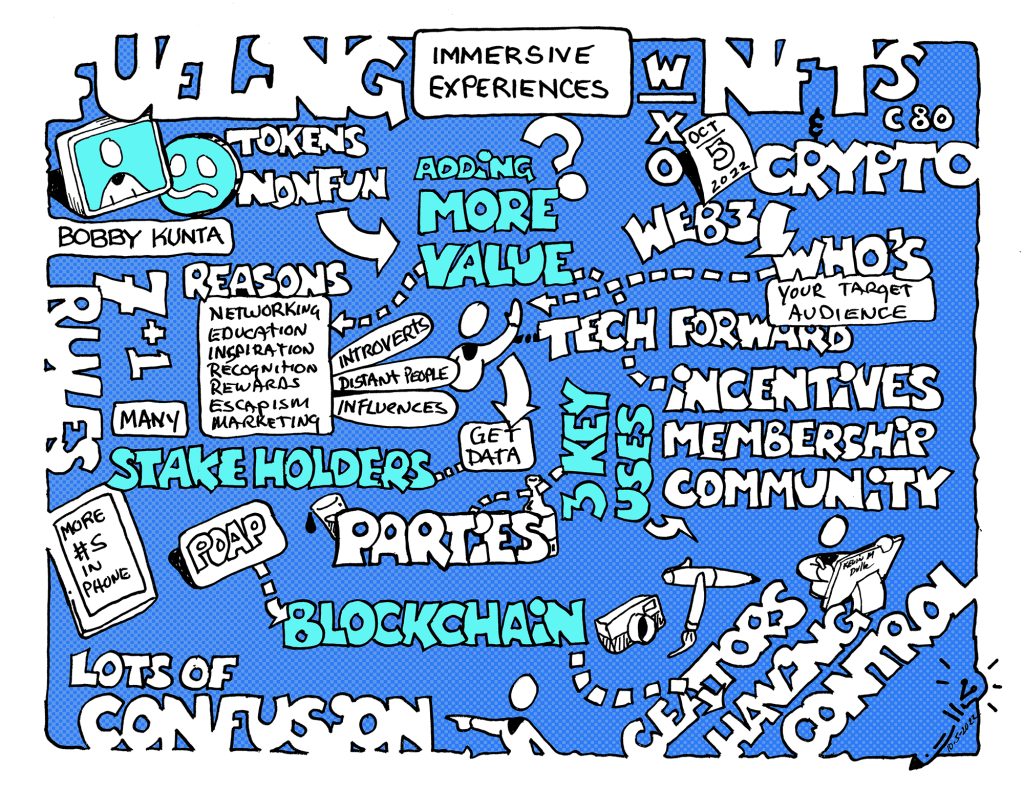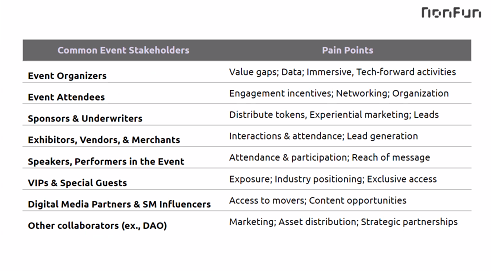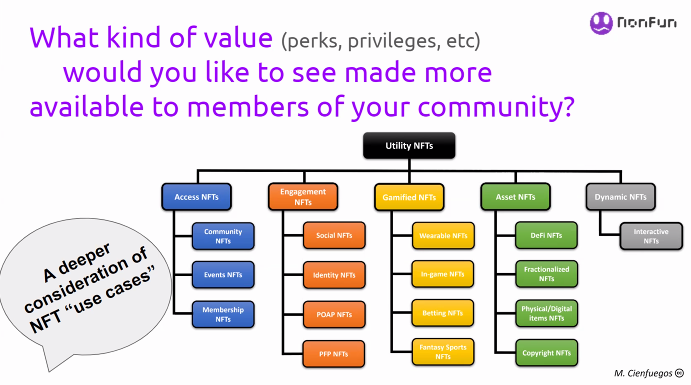Wondering if you should dip a toe, take a casual swim, or perhaps dive headfirst into the waters of web3?
The noise around the metaverse can feel almost deafening, with brands jumping on the bandwagon daily. In recent weeks alone, in our Experience Trends reports we’ve covered dating in the metaverse, the medical metaverse, and how fashion houses including Gucci and Burberry are dealing with the environmental ethics of crypto-creation.
Yet despite all this feverish activity, knowing how to engage web3 in your own experiences can still feel as slippery as a dodgy NFT dealer in possession of a fake Bored Ape. The topic sparks controversy, curiosity and strong opinions in equal measure. We’ll freely admit that we’re still getting a handle on it ourselves.
So having already invited Max Lenderman to give us the beginner’s guide in The Web3 Firestarter, and Susan Cummings to explore open standard technology in Meet The Petaverse, we asked another web3 pioneer to share his insights on using crypto and NFTs in the event production space.

Bobby Kunta is an event producer and the Co-Founder of Nonfungible (NonFun) Events, which crafts IRL and metaverse experiences through NFT community building and blockchain play-to-earn gaming and esports. NonFun’s “Party To Earn” mobile app eases some of the traditional pain points around events, as well as turning any normal event into a gamified, tokenised experience that incentivises and tracks audience behaviour.
It represents just one example of how we might use crypto and NFTs to incentivise the kinds of behaviours we hope to see from our target audiences, as well as close value loops at events. Together, we discussed how else we might apply the same principles to add value to our own experiences and make them a party for everyone.
Ready to get NFT-y? Then let’s begin.
Identifying Your Experience Pain Points
To figure out how web3 technology might elevate your experience, you first need to understand which pain points you’re trying to solve.
Kunta’s background is in event production, so he began by considering why people attend events in the first place. Some of these reasons might be:
- Networking
- Education
- Inspiration
- Recognition
- Rewards
- Escapism
- Marketing
Once you have these reasons, you should ask yourself: who are the parties at your event/experience who don’t stand to gain as much as the other stakeholders? Answers might include:
- People in the disability community
- People who live far away
- Introverts
…and so on. By combining this information, you can get a clear picture of not only who your stakeholders are, but what value they’re looking to gain from you and where you might have gaps that need closing in order to provide it. Here’s a snapshot of what this might look like if you were designing an event:

How Web3 Might Solve These Pain Points

Understandably, there’s a lot of hesitation around adopting web3 technology at present. The reasons for this include contention, confusion, risks such as security, and the ethics around environmental damage.
However, these risks also breed opportunity. NFTs can offer access to community, spark higher engagement, and provide a way to build and track an ongoing relationship with your audience. Other opportunities include:
- Incentivisation options through gamification
- Membership verification
- Community construct: as a store of value, unit of account, medium of exchange
- Sharing ideas, images and data with verified ownership
- Incorporating AI to build virtual worlds
- POAPs and rewards-based gamification (for example, c2 Montreal just used POAPs that entered owners into a ticket raffle for the next event)
The gamification opportunities of NFTs are already being explored in some aspects of events – for example through polling, trivia, scavenger hunt, booth games and so on. However, these all suffer from event platform limitations – they’re all standalone games within the event rather than a seamless gamified experience that can continue to the next event. Kunta’s Party to Earn model seeks to redress this by enabling users to earn “experience points” for unlocking certain actions at an event, which they can carry through to the next event.
These experience points could be used in all sorts of experiences to unlock new content or areas. Miguel Melgarejo designs immersive night walks through Mayan archaeological sites, for example – he wondered if gamification in this way could be used to drive people to discover important historical information about the site, and if maximum engagement could then be rewarded with a special, exclusive event.
Mike Gunawan designs immersive events, and could also see several ways that web3 tech might be used to improve the experience:
- Through proof of having attended the experience
- Through proof of lessons learned, such as talks/workshops attended or books read
- Through creating IPs for event concepts that can be licensed out to other event planners
For a more detailed map of NFT uses cases, see Kunta’s examples below:

Overcoming The Challenges Of Onboarding
It might be that you can already see the advantages of adopting some web3 technology in your experience, but the biggest challenge is in figuring out how to actually do it – or convincing those you work with to take the leap.
“People are already dealing with a lot that they’re overwhelmed with that is driving their concrete business value, without adding another thing to the mix.”
Tahira Endean
One of the recurring issues around web3 is that the technology is not yet widely adopted or well understood, which makes onboarding audiences tricky.
“My concern is that attendees may not have a crypto wallet or may not be willing to go through the process of getting one. There’s still some education to be done. Also – you have to pick a crypto currency for your project…and some of the cheaper ones for minting are not necessarily mainstream.”
Vanessa Couturier

Education goes some way to addressing this – but ultimately, for it to work the technology will have to become seamless and enjoyable for it to truly provide value. If you have existing web2 tools that work to solve your current issues and generate value for your audience, there’s also nothing wrong with continuing to use them.
“Never try to adopt or create a tool that uses web3 when you don’t have to. In 5-10 years cryptocurrency and digital assets are going to be fundamental to society and business, so it depends on what your prediction is about what the future is going to be.”
Bobby Kunta
And when it comes to the here and now:
“Early adoption isn’t a good enough reason to use this technology. People have to love it, and it has to work!”
Lou Murray
The WXO Take-Out

The idea of using NFTs to, in Kunta’s words, “mint non-fungible relationships” is an intriguing one.
We love the thought that you might be able to prove who you are and what you do in a format that is external to you and which adds credibility to you and your teams. And when NFTs truly gain utility, they become like passports: they get you to places you want to go.
We’ll continue to track the development of the web3 space and how it might apply to experience design. In the meantime, next time you’re designing an experience, ask yourself:
- At your experiences, is there a party who typically doesn’t stand to gain as much as the others?
- What use cases have you considered for your own digital assets (or those of other parties) in adding value to members of your community?
- What kind of value (perks, privileges, accessibility, etc) would you like to see made more available to members of your community?
To continue the conversation, WXO Members can head to the topic on My WXO here.
To see the full line-up for the WXO Campfires Season 5, click here.
To apply to join the WXO and attend future Campfires, click here.





